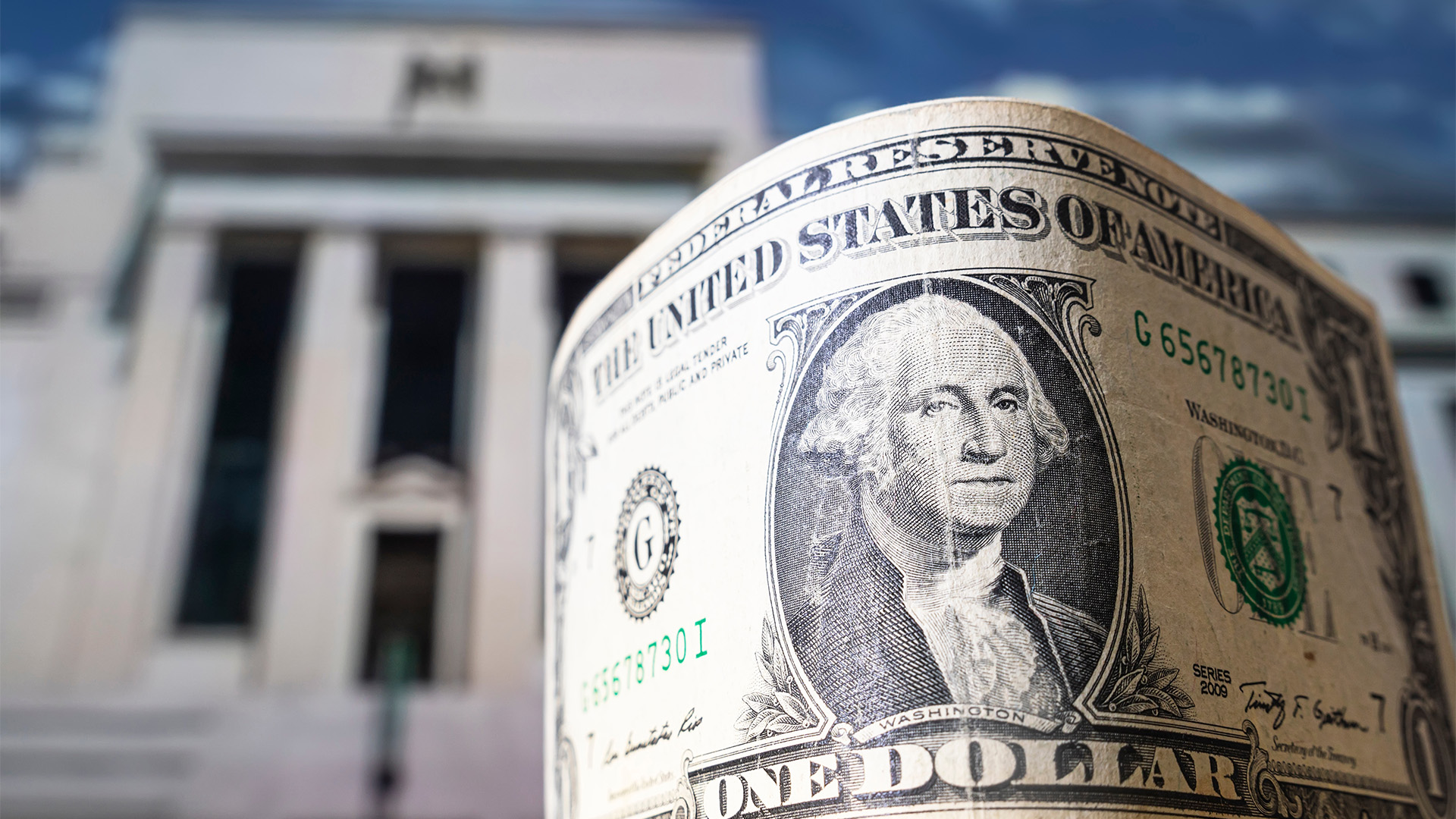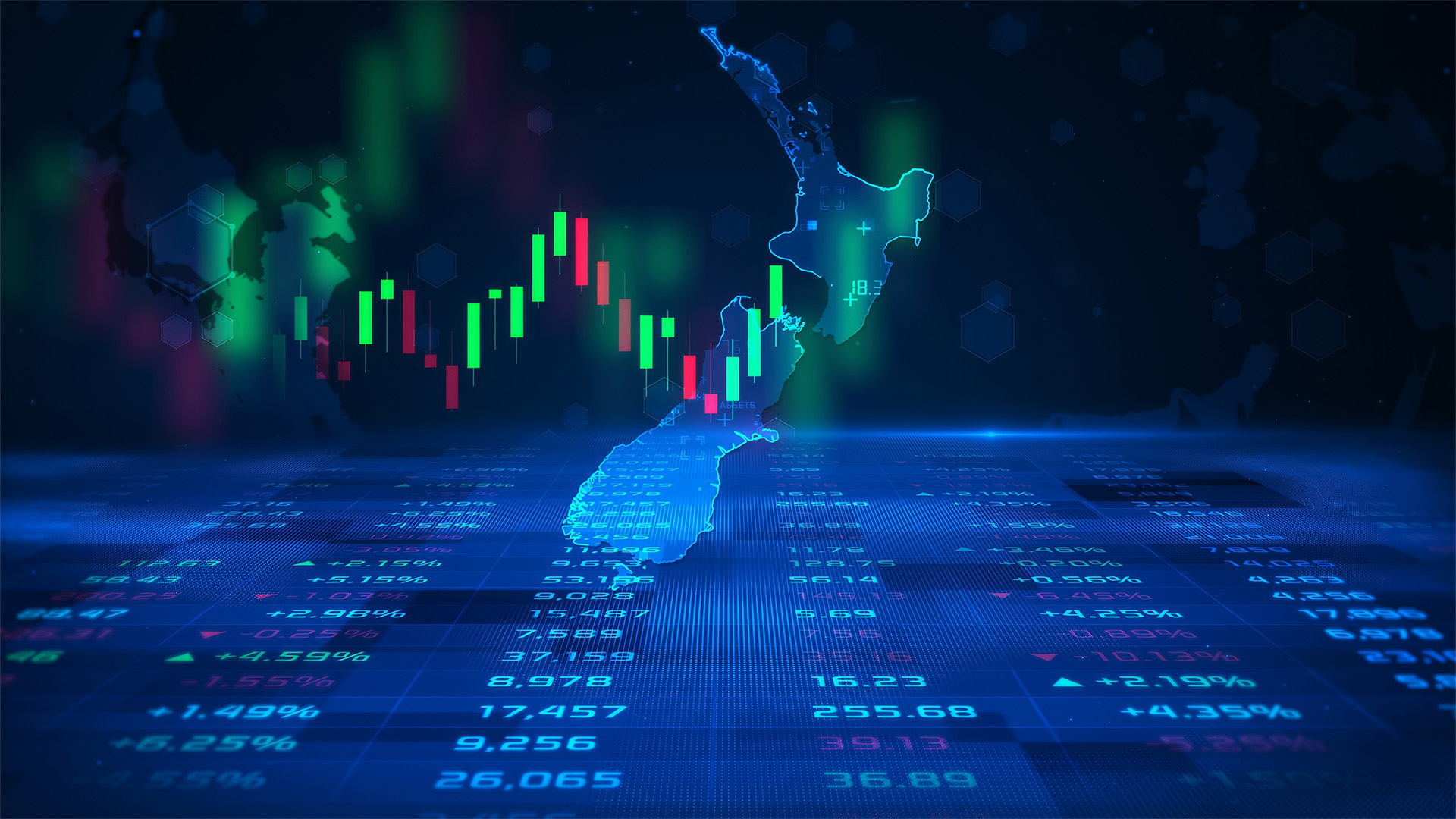Australia’s trade surplus in the first eight months of 2018 is running more than 17% ahead of 2018 as higher prices for thermal coal, LNG and resilient iron ore prices combine with a weaker Aussie dollar to boost export income.
Data from the Australian Bureau of Statistics show that the trade surplus totaled just under$10.5 billion in the eight months to August, against $8.83 billion for the same of 2017.
Surpluses have been recorded for every month so far this year, against seven out of eight in 2017 when a surprise deficit of $299 million was reported in April.
August saw a seasonally adjusted $1.6 billion trade surplus, up 4% from the previous month according to the ABS, topping market forecasts of $1.4 billion.
In trend terms, a surplus of $1.716 billion was recorded in August, up $121 million on the surplus in July 2018.
And with the Aussie dollar falling in September by 0.4%, and (and nearly 2.5% in the September quarter), the reserve bank’s commodity price index hit a bear five year high in September in Australian dollar terms.
Prices for iron ore, coal, LNG and most metals remain solid or are rebounding from lows hit in August on those China trade fears. The only negative remains the impact of the East Coast drought.
Capital Economics chief Australia & New Zealand economist Paul Dales:
“The recent weakening in the dollar, though, should mean that net exports add to GDP growth next year. The 0.5% m/m rise in exports values was due to a 3% m/m gain in rural exports (despite the drought) and a 13% m/m leap in gold exports more than offsetting a 1% m/m decline in non-rural exports.
“Within the latter, iron ore exports values fell by 3% m/m and coal export values dropped by 2% m/m. The fall in coal may be repeated in the coming months if it is due the reported clamp down on coal imports by Chinese authorities in order to support local mines,” he said.













